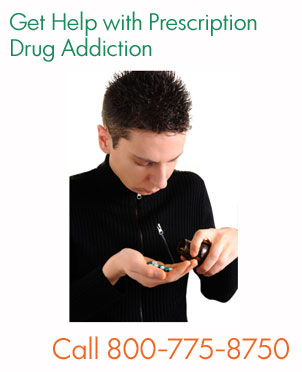
The recent Monitoring the Future report on young adult and teen prescription drug use makes it very clear that not enough effective actions are being taken to convince young people to avoid abuse of prescription drugs. The 2011 edition of this annual survey of teens and college students points out that while cigarette smoking, heroin and cocaine use are down, marijuana abuse is up and prescription drug abuse remains steady at unacceptably high levels.
Prescription Pain Medication Seen by Many Teens as Safer
It’s understandable that many teens would think that if they are going to abuse drugs, prescription drugs would be the way to go. After all, they were prescribed this drug after they broke their foot (or after mom’s surgery or grandma’s hip replacement). It can’t be that dangerous. And Aunt Sally takes them every day.
So at a party or friend’s house, someone breaks out a stash of prescription pills. Maybe they are ingested or maybe they are crushed and snorted for a real fast and strong effect.
Between 1991 and 2010, the number of high school seniors who had abused a prescription narcotic like hydrocodone (Vicodin, Lortab and others) or oxycodone (OxyContin and others) just about doubled, increasing from 6.6% to 13.1%.
But Far More than Just Pain Killers are Being Abused
Sure, there’s been a lot of publicity about the use of prescription pain pills but not as many comments about the rest of the long list of prescription drugs that are being abused by America’s young people. While oxycodone and hydrocodone are the headliners, here are some of the other types of drugs being abused:
Sedatives such as barbiturates. In 2010, 7.5% of seniors abused a sedative.
Tranquilizers like benzodiazepines. More than 8% of seniors abused one or more of these.
Steroids, abused by 2% of seniors.
Amphetamines, abused by more than 11% of seniors at some point in their lives. This group of drugs includes Adderall, an addictive combination of amphetamine salts prescribed when a person is said to suffer from an “attention disorder.” When asked if they had abused Adderall in the last year, 5% of high school seniors and 10% of college students said “Yes.” Some medical staff on college campuses put this figure much higher.
Ritalin, a strong stimulant used for the same problems as Adderall, had an annual abuse rate of 2.7% among seniors.
Provigil, a stimulant drug banned from use among children, had an annual abuse rate of nearly 2% among seniors.
Stopping Prescription Drug Abuse Begins with Parents
More than anyone else, it’s up to parents to stop prescription drug abuse. No matter what reply your child has while you are talking to them about drugs, they hear you and many will listen more than they let on. According to the National Center on Addiction and Substance Abuse, children whose parents agree on their anti-drug message and who carry that message clearly and firmly to their children will have lower drug abuse rates.

Drug rehab is also an important solution for this problem. The Narconon drug and alcohol rehabilitation program has helped tens of thousands of people around the world with problems like these. Check out Narconon reviews at centers like Narconon California or other locations in Europe, Australia, Asia or Africa. Narconon alcohol treatment and drug rehab enable those who have become addicted to start living sober lives again.
Resources:
http://monitoringthefuture.org/pubs/monographs/mtf-vol1_2010.pdf
http://www.casacolumbia.org/templates/publications_reports.aspx: National Survey on American Attitudes on Substance Abuse XVI.
